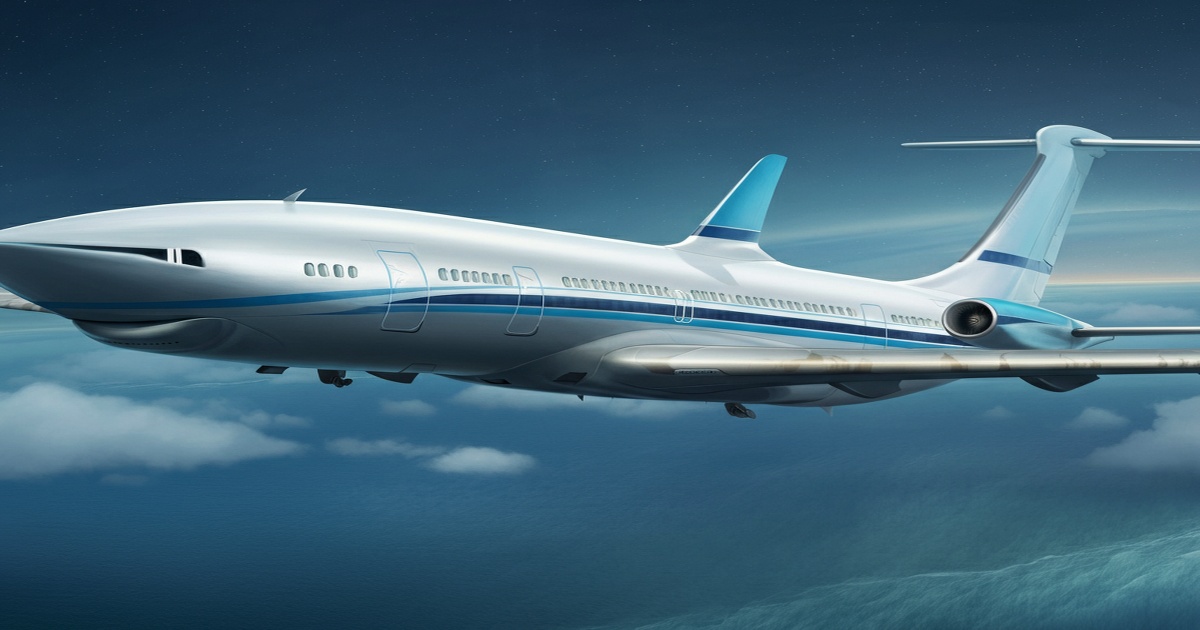Japan Airlines Co. has leveraged an unusual inspiration—shark skin—to make strides in environmental sustainability within aviation. The airline has implemented a special textured "riblet" paint coating consisting of tiny grooves that lowers air resistance when applied to aircraft surfaces, thus helping reduce carbon emissions.
The first use of this innovative riblet coating took place on a Boeing 787-9 aircraft, placed into active service starting January 18. Currently, approximately 30 percent of this aircraft's fuselage carries the riblet-shaped paint, making it the first airplane featuring such a specialized coating to operate on international routes, according to company officials.
This riblet concept originates from the biology of sharks, whose skins contain fine grooves that significantly minimize water resistance, allowing faster and smoother movement underwater. Earlier attempts successfully used riblet structures in products such as competitive swimwear and ship hull coatings; however, applying this technology onto aircraft has encountered unique challenges.
operating one demonstration aircraft on the route connecting Narita and Frankfurt for one year is estimated to lower fuel consumption by approximately 119 tons and reduce carbon dioxide emissions by roughly 381 tons. This environmental benefit equates to the amount of CO2 approximately 27,000 cedar trees would absorb annually.
Alongside Japan Airlines, other companies like All Nippon Airways (ANA) have also begun adopting riblet-based or textured decals to further explore efficiency improvements in their fleets. Representatives from JAXA and O-Well further emphasized several practical advantages of this innovative approach, including the riblet coating's lighter weight and potentially increased durability compared to standard paint coatings.
Going forward, JAXA will measure and assess the practical fuel and carbon dioxide reductions during ongoing test operations. Officials stress that the data gathered from these demonstration flights will be crucial, enabling them to consider expanding this environmentally-friendly coating across larger surface areas and more aircraft in the future.
An O-Well representative expressed hope that this new technology will actively contribute toward the overarching goal of achieving carbon neutrality in the aviation industry.







14 Comments
Manolo Noriega
This is a distraction from the industry’s urgent need for truly renewable energy solutions, not just incremental change.
Fuerza
Sounds like PR greenwashing to me. A shark-inspired paint won't solve the aviation industry's huge emissions problem.
Manolo Noriega
Seems more about impressing shareholders than genuinely protecting our environment.
Ongania
This riblet coating could lead to further innovations across transportation sectors—excited for the future!
Manolo Noriega
This demonstrates real innovation and openness to new technologies for environmental sustainability.
ArtemK
This riblet coating could lead to further innovations across transportation sectors—excited for the future!
Cerebro
Will these paint grooves get clogged or degrade quickly from environmental elements and regular flying conditions?
Africa
Well done, Japan Airlines! Every small step toward reduced emissions is a win for our planet.
Muchacho
Glad to see airlines actively working toward carbon neutrality, even in novel ways like riblet coatings.
ZmeeLove
Interesting gimmick, but how durable is this riblet coating under real-world conditions year after year?
Habibi
Fantastic use of biomimicry! Nature-inspired solutions really hold promise for sustainable aviation.
Africa
It may seem small now, but incremental improvements truly matter when combating climate change.
Mariposa
Reducing aviation’s carbon footprint through small but effective changes like this riblet paint is very promising.
ZmeeLove
massive-scale emissions.